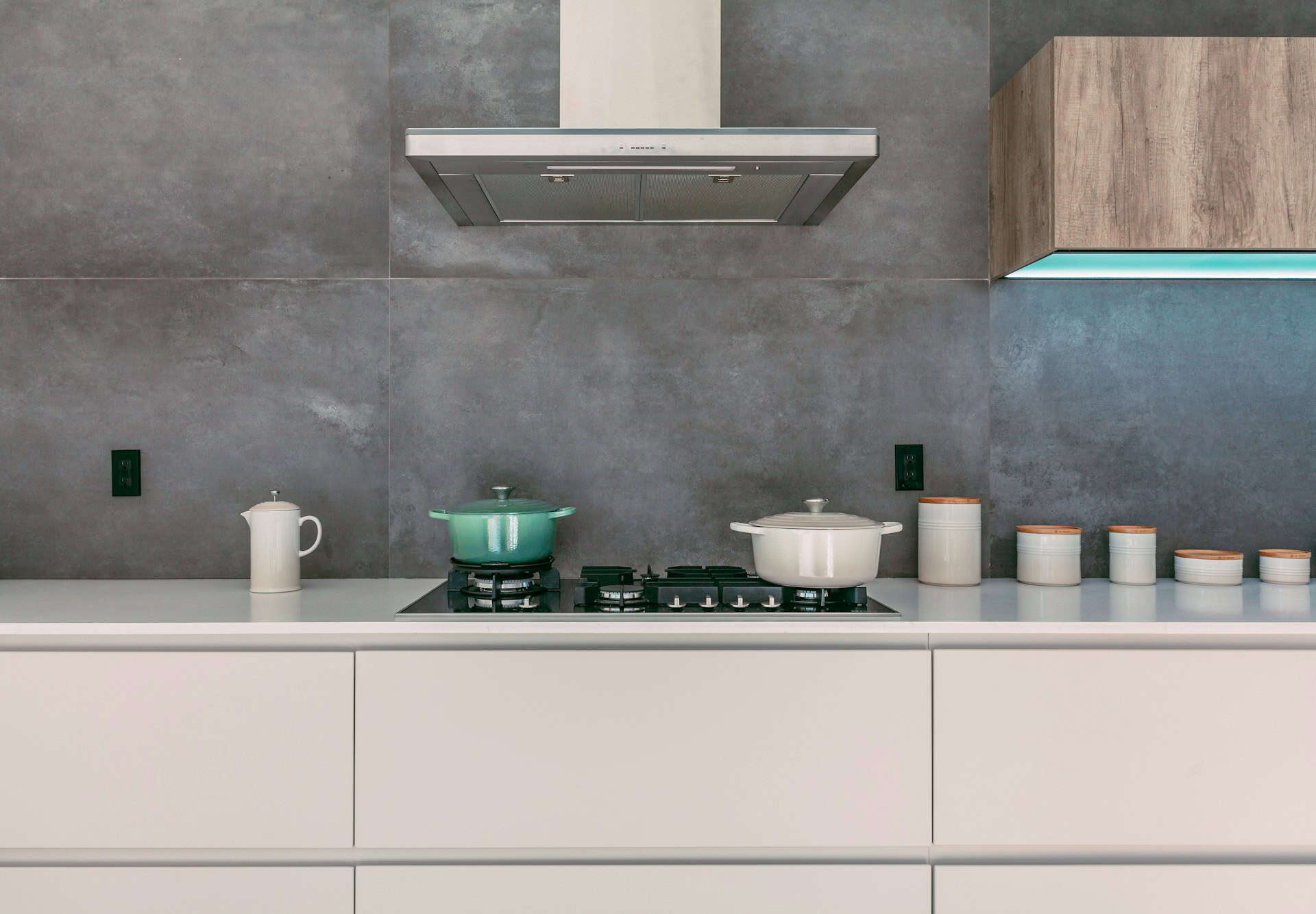
Question: What is the Best Alternative To an Extractor Fan in the Kitchen?
Answer: Some of the best alternatives to an extractor fan include opening windows for natural ventilation, using a cooker hood with a charcoal filter, or employing an air purifier can effectively improve kitchen air quality.
Freshen Up Your Kitchen: Exploring Extractor Fan Alternatives
Extractor fans remove cooking odors and steam. But what if an extractor fan isn’t an option? This post explores effective extractor fan alternatives. Discover simple, cost-effective ways to improve kitchen ventilation. We’ll examine various solutions, from simple window openings to advanced air purifiers.
Natural Ventilation: Harnessing the Power of Airflow
Open windows offer a simple ventilation solution. Cross-ventilation, achieved by opening windows on opposite sides of your kitchen, creates a natural airflow. This airflow removes cooking smells and excess moisture. Consider window placement for optimal cross-ventilation.
Strategically placed windows maximize airflow efficiency. Opening windows near the cooking area directly targets rising steam and odors. Complement this by opening a distant window or door, creating a pathway for air to exit. This natural ventilation method requires minimal effort and cost.
Click the link to get more information about Blue Kitchen Refacing
Related Article: How Do You Ventilate a Kitchen Without a Range Hood?
Related Article: What Extractor Fan Does Not Need Ducting?
Portable Exhaust Fans: Flexible Ventilation Solutions
Portable exhaust fans provide flexible spot ventilation. Place these fans near your stovetop to remove cooking fumes directly at the source. They offer an easy-to-use and portable solution for kitchens without built-in ventilation systems. Their versatility makes them an ideal choice for renters or homeowners seeking a temporary solution.
Portable exhaust fans vary in size and power. Smaller fans suit light cooking tasks, while larger fans handle heavy cooking. Consider your cooking habits when choosing a portable exhaust fan. Proper fan selection ensures effective odor and steam removal.
Air Purifiers: Filtering Out Kitchen Odors
Air purifiers clean and circulate kitchen air. These devices filter out cooking odors, smoke, and other airborne particles. While they don’t remove moisture like extractor fans, they significantly improve air quality. Select an air purifier with an activated carbon filter, which effectively absorbs cooking odors.
Air purifier size depends on your kitchen size. Larger kitchens require larger air purifiers. Consider the purifier’s Clean Air Delivery Rate (CADR) for optimal filtration. A higher CADR indicates faster and more efficient air cleaning.
Range Hoods without External Venting: Recirculating Air for a Fresher Kitchen
Range hoods without external venting offer a viable alternative for kitchens without existing ductwork. These hoods recirculate air through filters, trapping grease and odors before returning the air to the kitchen. While less effective than externally vented hoods, they offer a considerable improvement over no ventilation.
Recirculating range hoods use charcoal filters to absorb odors. These filters require regular replacement, typically every three to six months. Regular filter replacement ensures optimal performance and maintains air quality. These hoods provide a convenient solution for kitchens where installing ductwork is impossible.
Over-the-Range Microwaves with Ventilation: Dual-Purpose Appliances
Over-the-range microwaves with built-in ventilation combine two essential kitchen appliances. These microwaves offer both cooking and ventilation functionalities. While their ventilation capacity may not match dedicated range hoods, they offer a space-saving and practical solution for smaller kitchens.
These microwaves typically feature a fan and a grease filter. The fan draws cooking fumes upwards, while the filter traps grease particles. Some models offer external venting options, while others recirculate air through a charcoal filter. Consider your kitchen needs and available space when choosing an over-the-range microwave with ventilation.
Conclusion
Choosing the best extractor fan alternative depends on your specific kitchen needs and budget. Consider factors like kitchen size, cooking habits, and installation limitations when selecting a solution. By exploring these alternatives, you can create a fresher, more comfortable kitchen environment without a traditional extractor fan.
Whether you opt for natural ventilation, portable exhaust fans, air purifiers, recirculating range hoods, or over-the-range microwaves, each solution offers unique benefits. With the right approach, you can effectively improve your kitchen’s air quality and enjoy a more pleasant cooking experience.

Blue Malue Get in touch with Blue here.
